Clarinet Quintet, opus 155 (2013) for clarinet and string quartet
 Instant Download
Instant Download
Details
Description
SKU: A0.869140
Composed by Thomas Oboe Lee. 20th Century,Baroque,Classical,Contemporary,Romantic Period. Score and parts. With Allegro III. 28 pages. Thomas Oboe Lee #3879. Published by Thomas Oboe Lee (A0.869140).Program note.
Clarinet Quintet, opus 155 is the fourth work I have written for Nancy Braithwaite. The first one was written on the occasion of her sister’s wedding in Vermont. Nancy premiered the solo clarinet piece "Trinca di Chôro" during the wedding ceremony. The second work was "Yo Picasso" (2007) for clarinet, viola, cello and piano. The work was tailor-made for the Arto Ensemble which consisted of two married couples: Oane (piano) and Nancy (clarinet), and Prunella (viola) and Guus (cello). The third work was "Octet in D, opus 144" (2012) scored for clarinet, horn, bassoon, string quartet and double bass. Nancy and her Dutch colleagues premiered the work in a program with the Schubert Octet in Bunnik, a small village west of Utrecht in the Netherlands.
Many great composers have tackled the clarinet quintet, most notable Mozart and Brahms. My Quintet is somewhat different in that there are a lot of jazz elements and something new that I have not tackled before: polymeter. Clarinet Quintet, opus 155 is in seven movements.
I. Largo
II. Allegro
III. Interlude 1 … Presto
IV. Adagio
V. Reprise … a bit faster than before!
VI. Interlude 2 … Adagio
VII. Allegro con moto
The work begins with a clarinet meditation over pianissimo string chords. The music is very static … not unlike the sacred music of Arvo Pärt. This is followed by an allegro that is in 12/8 featuring a pizzicato jazzy bass figure played by the cello. The third movement is my experiment in polymeter. The ostinato pattern is grouped in a metrical scheme of 4, 3, 4 and 5; but the octave melody in the clarinet and first violin unfolds in standard duple meter of 4. The middle fourth movement is an adagio. This is an example of what I love about music, a soaring melody above slow haunting chords. A reprise of the jazzy Interlude 1 comes next, but in a slightly different guise with new elements, both melodically and harmonically. Interlude 2 is reminiscent of the meditative music of the first movement, but again it is quite different in mood and atmosphere. The finale is another experiment in polymeter. At first the metrical scheme is in a pattern of 4, 3, 4, 3, 2, 3 and 2. But eventually the meters get all scrambled up. Have fun trying to count. You’ll get lost! Above the "oom-pah oom-pah" accompaniment, the clarinet soars like a flying bird … diving, hovering, dipping and swooping!!!
Enjoy!!!
Audio link. Copy and paste the URL link into your browser.
https://thomasoboelee.bandcamp.com/album/clarinet-quintet-opus-155-2013
Video link: https://youtu.be/2fByM3tEAqc
This product was created by a member of ArrangeMe, Hal Leonard’s global self-publishing community of independent composers, arrangers, and songwriters. ArrangeMe allows for the publication of unique arrangements of both popular titles and original compositions from a wide variety of voices and backgrounds.
Digital Downloads are downloadable sheet music files that can be viewed directly on your computer, tablet or mobile device. Once you download your digital sheet music, you can view and print it at home, school, or anywhere you want to make music, and you don’t have to be connected to the internet. Just purchase, download and play!
PLEASE NOTE: Your Digital Download will have a watermark at the bottom of each page that will include your name, purchase date and number of copies purchased. You are only authorized to print the number of copies that you have purchased. You may not digitally distribute or print more copies than purchased for use (i.e., you may not print or digitally distribute individual copies to friends or students).
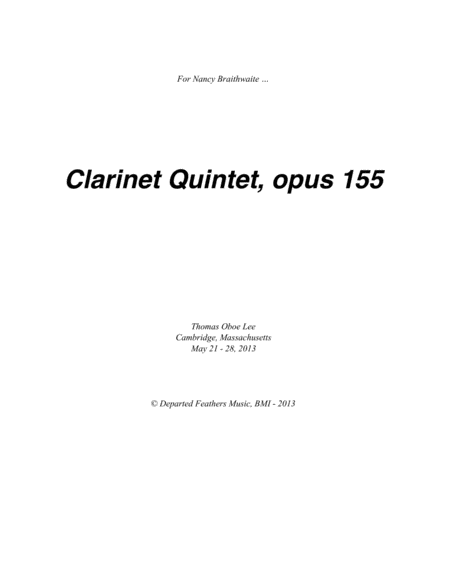
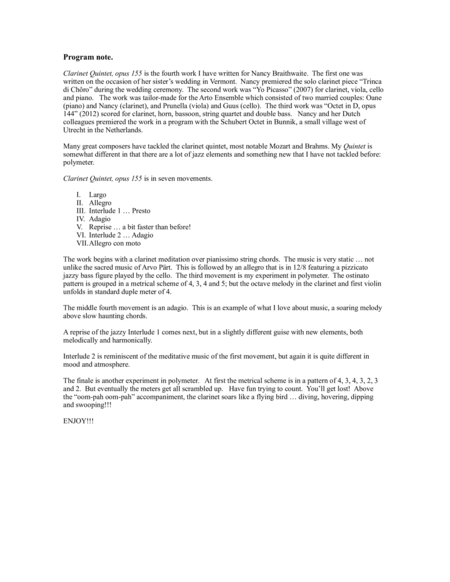
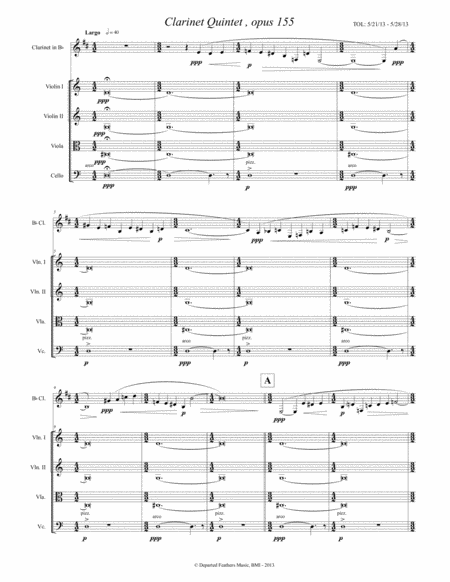
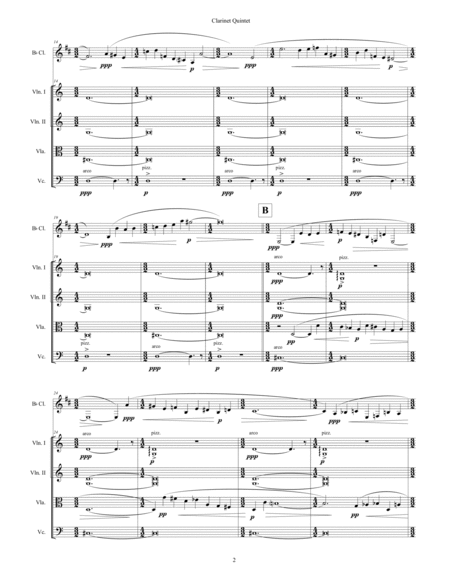
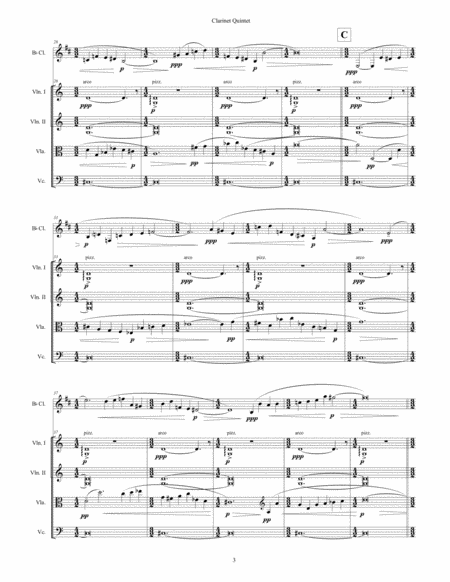
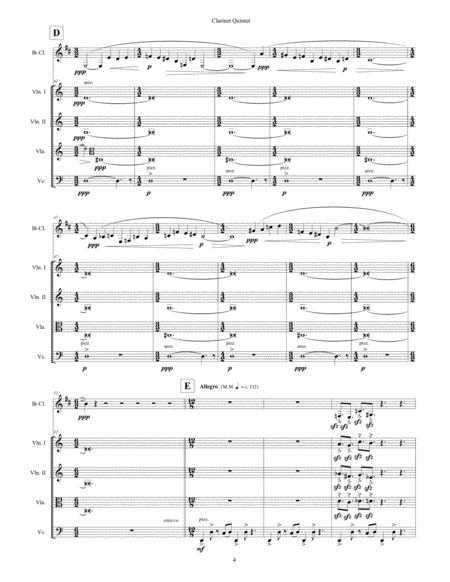
 Share
Share